I. Introduction
1. Overview of Forex Trading
The introduction provides a foundational understanding of the foreign exchange market (Forex). It explains that Forex is a decentralized global market where currencies are traded, emphasizing its critical role in international trade and finance. The dynamic nature of the Forex market is highlighted, with currencies constantly fluctuating in value. The goal is to convey to the reader the importance of staying informed and making well-timed decisions in such a dynamic environment.
2. The Need for a Secret Weapon
This section delves into the challenges faced by traders in the Forex market. Challenges may include market volatility, geopolitical events, and economic indicators influencing currency values. The concept of a “secret weapon” is introduced as a solution to these challenges, creating curiosity and setting the stage for the subsequent discussion on tools and strategies that can provide traders with a competitive edge.
II. Understanding Live Forex Trading Signals

1. Definition and Importance
In this section, we provide a clear definition of live trading signals. Live trading signals are explained as real-time indications or recommendations that traders receive, allowing them to make timely decisions in response to market developments. The importance of live signals is underscored, emphasizing that in the rapidly changing environment of the Forex market, the ability to access and act upon information swiftly is crucial for success. Traders rely on live signals to stay ahead of market movements and execute trades with precision.
2. Types of Trading Signals
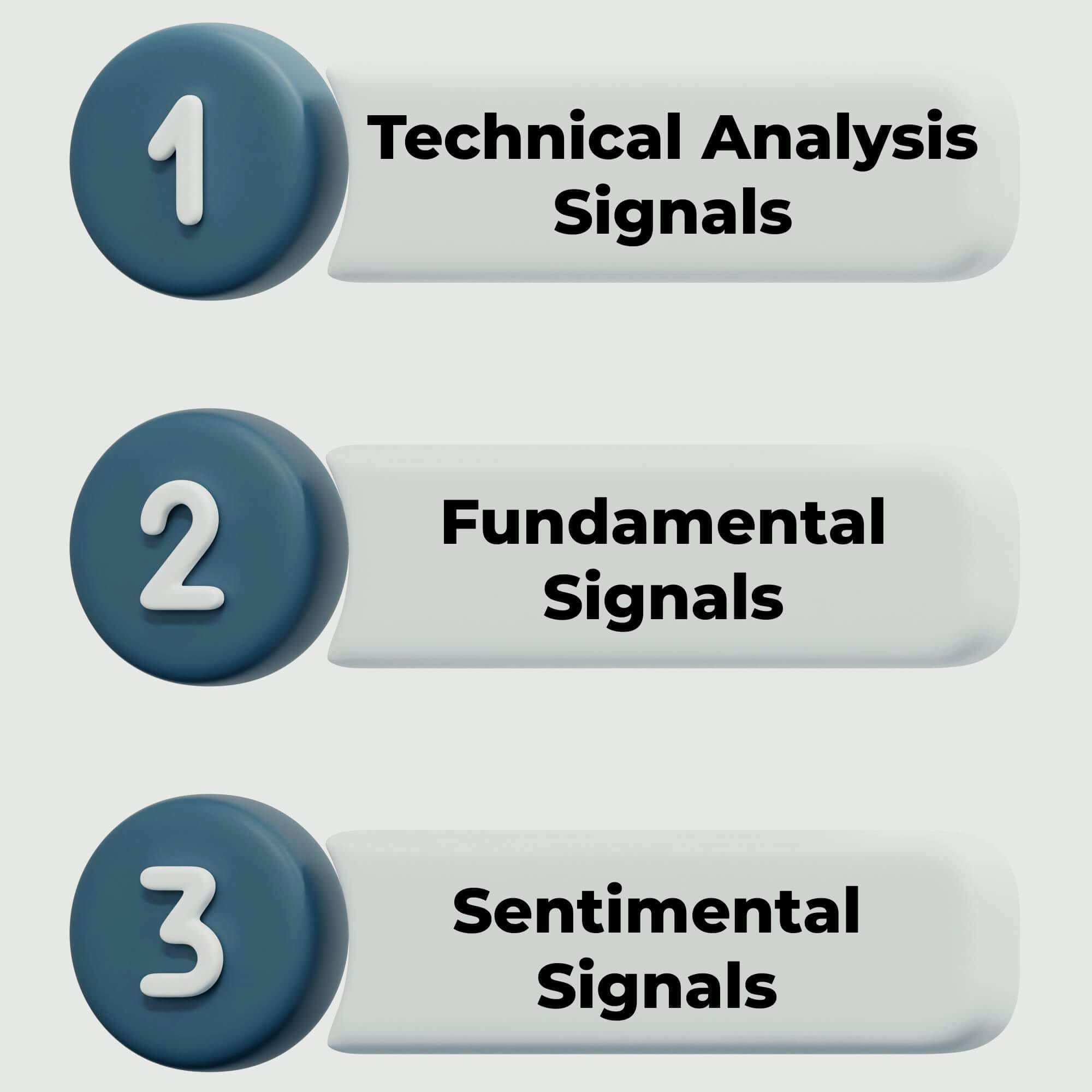
This subheading categorizes trading signals into three main types, providing readers with insights into the diverse methodologies employed by traders:
- Technical Analysis Signals: This type involves studying price charts, patterns, and various technical indicators to forecast future price movements. Traders who employ technical analysis use historical price data to identify trends and make predictions about potential future market movements.
- Fundamental Analysis Signals: Fundamental analysis involves assessing economic indicators, news releases, and other macroeconomic factors to determine the intrinsic value of a currency. Traders utilizing fundamental analysis signals focus on understanding the economic conditions that may impact currency values.
- Sentiment Analysis Signals: Sentiment analysis gauges the overall mood or sentiment of the market participants. Traders using sentiment analysis signals aim to understand whether the market is bullish, bearish, or neutral based on factors such as news sentiment, market positioning, and other sentiment indicators.
This categorization helps readers comprehend the various analytical approaches employed by traders to interpret market data and make informed decisions.
3. Sources of Trading Signals
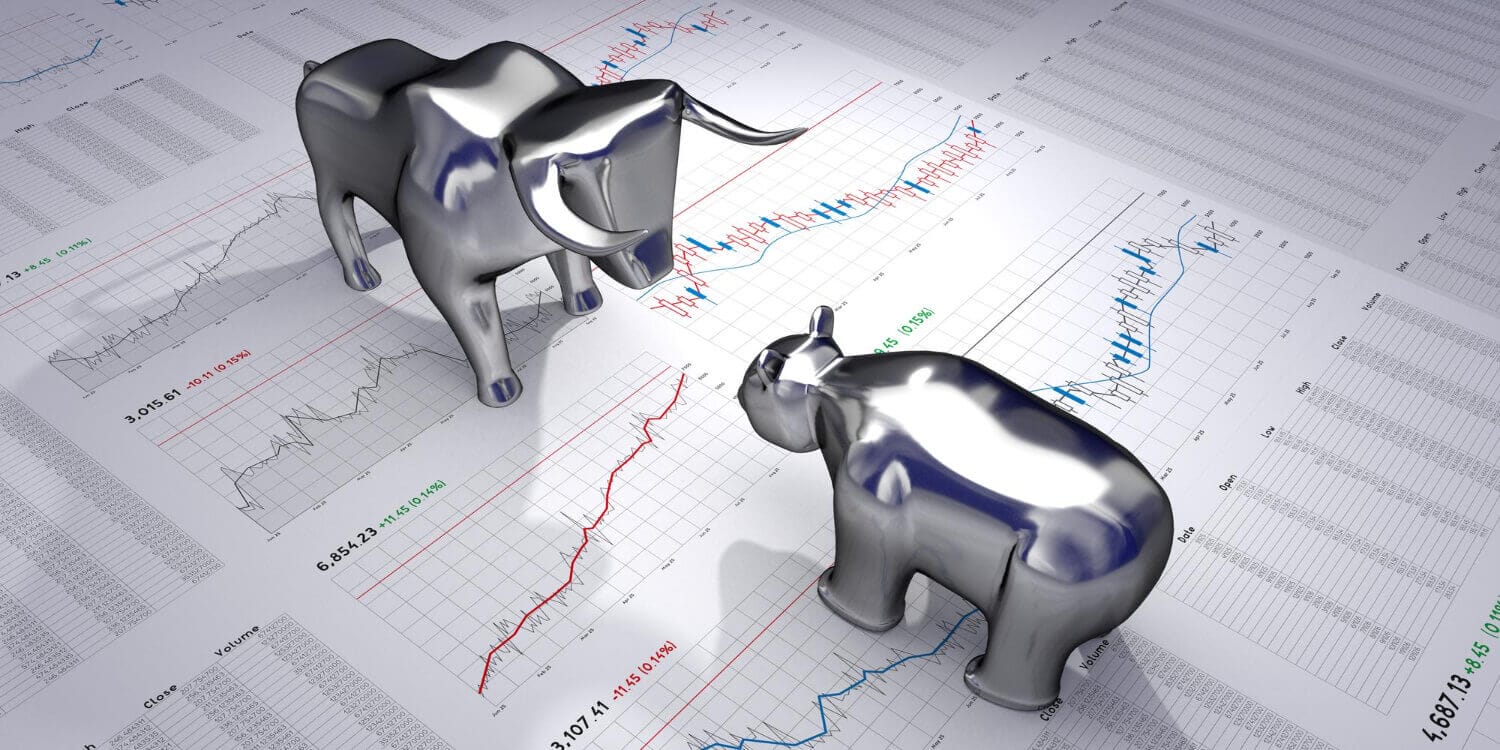
In this subheading, we explore the diverse origins of trading signals, presenting readers with an understanding of where these signals come from:
- Automated Trading Systems: These are computer programs or algorithms designed to execute trades automatically based on predefined criteria. Automated trading systems operate without direct human intervention and can generate signals by analyzing market data in real-time.
- Expert Advisors: Expert advisors are software tools that provide trading advice or generate signals. They are often utilized in conjunction with trading platforms and can offer insights derived from pre-programmed strategies or algorithms.
- Manual Signal Providers: Manual signal providers are human analysts who generate trading signals based on their expertise and analysis of the market. These signals are often delivered through various channels, such as email, social media, or specialized platforms.
Understanding these sources helps set the stage for introducing the “secret weapon,” as readers gain insight into the various ways traders can access and utilize live trading signals for their benefit.
III. The Evolution of Trading Tools
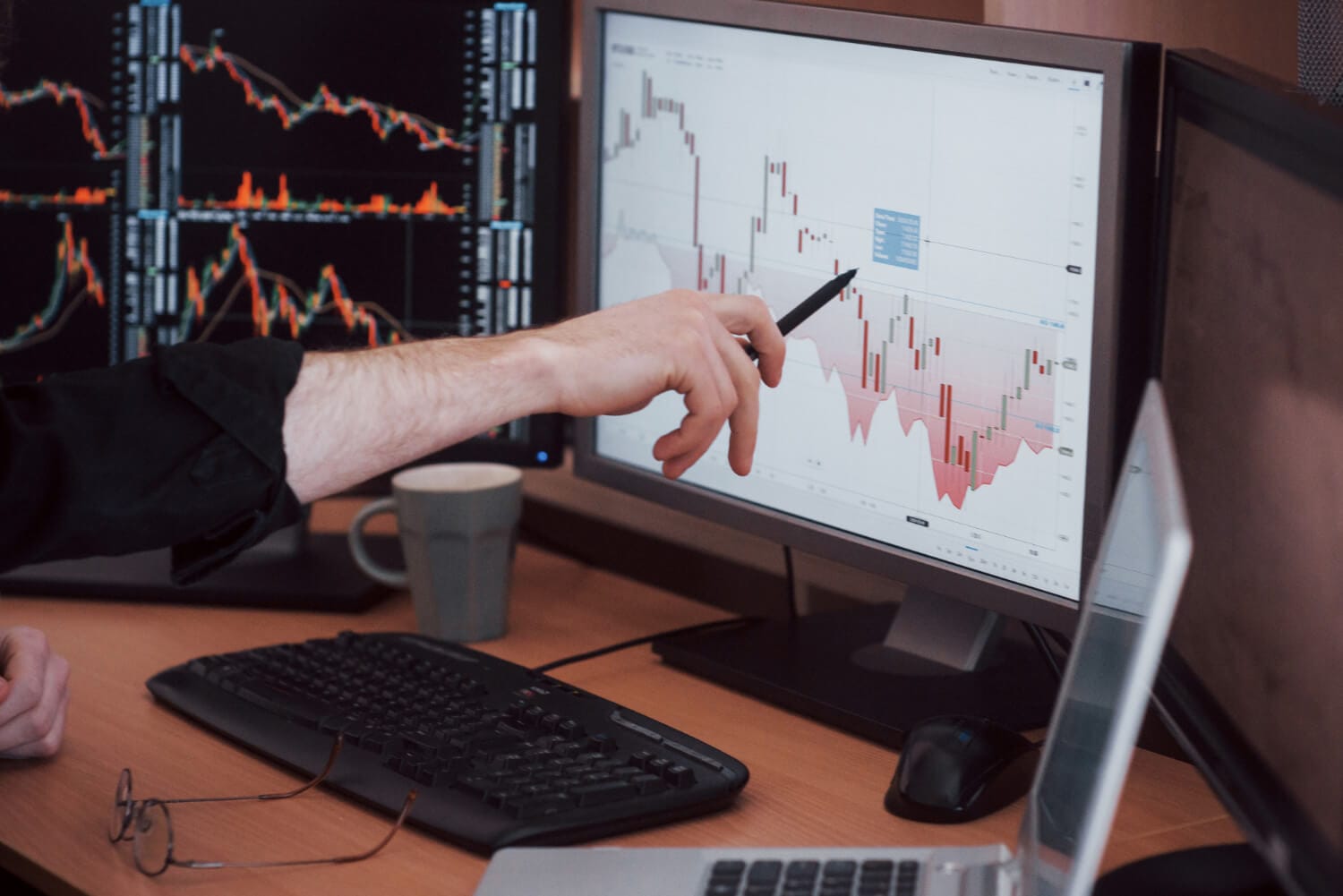
1. Traditional Methods
This section provides a historical perspective on the traditional methods of trading that were prevalent before the advent of advanced technologies. The focus is on manual methods and tools that traders used in the earlier stages of financial markets. Traditional methods often involved manual order execution, paper-based record-keeping, and limited access to real-time market information. Traders faced challenges such as delays in order execution, slower communication, and a reliance on fundamental analysis without the aid of sophisticated tools.
The purpose of discussing traditional methods is to highlight the limitations and inefficiencies that traders encountered in the absence of modern technology. This sets the stage for the subsequent discussion on the transformative impact of technological advancements in the field of trading.
2. Technological Advancements
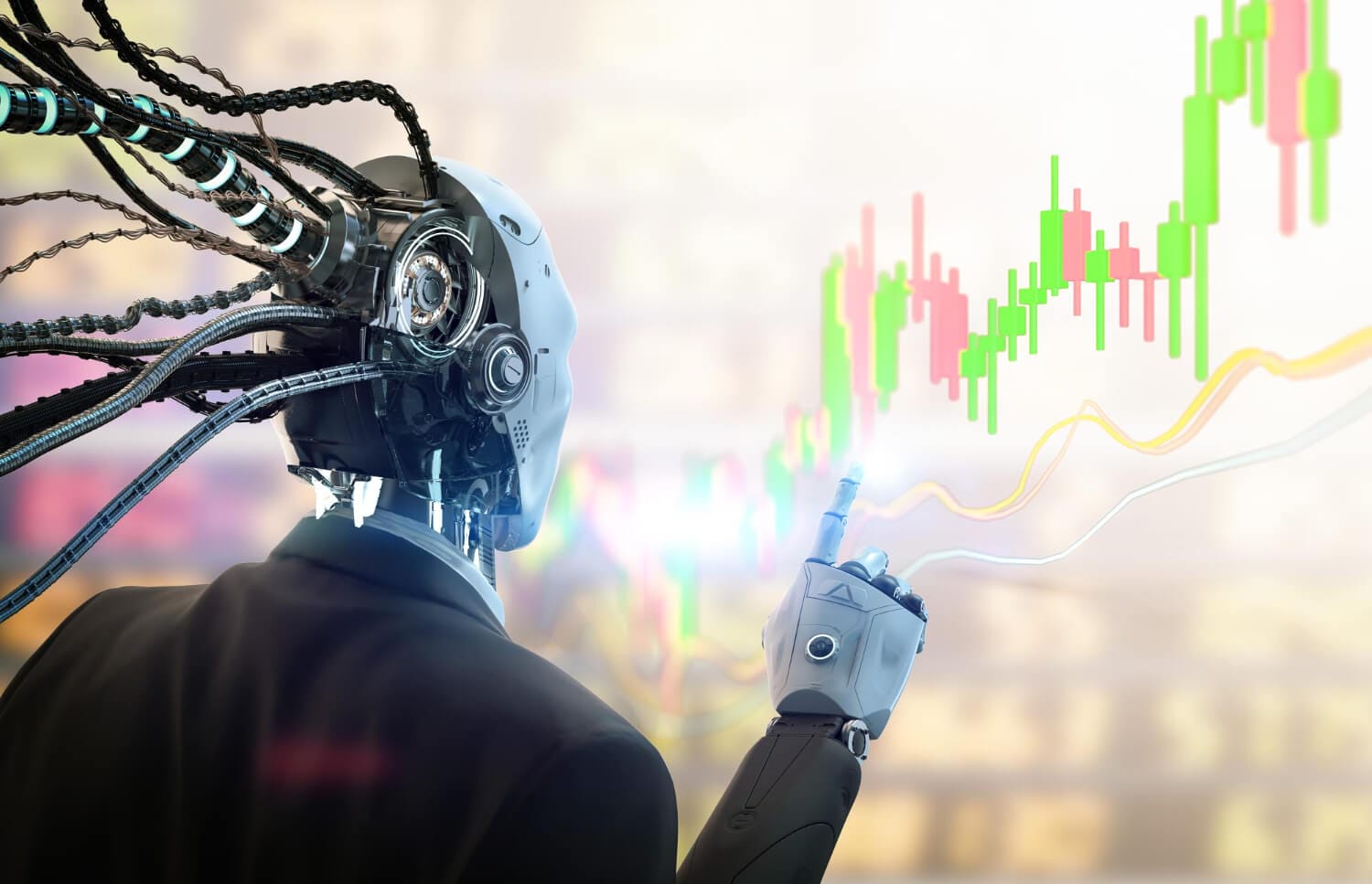
This subheading explores the revolutionary impact of technology on trading practices. The introduction of algorithmic trading takes center stage, where computer algorithms are programmed to execute trades automatically based on predefined criteria. Technological advancements have significantly improved the speed and efficiency of trade execution, minimizing delays and reducing the potential for human error.
Algorithmic trading is discussed as a game-changer, allowing traders to implement complex strategies and respond to market conditions in real-time. This section also touches on the broader use of technology in trading, including the development of sophisticated trading platforms, advanced charting tools, and the integration of electronic communication networks (ECNs).
The overarching theme is to showcase how technological advancements have democratized access to financial markets, making trading more efficient, accessible, and responsive to market dynamics.
3. Integration of Big Data

This subheading explores the role of big data in shaping the evolution of trading tools. Big data refers to the vast volumes of structured and unstructured data generated by financial markets. The integration of big data in trading involves leveraging advanced analytics and data processing techniques to extract meaningful insights.
The section explains how big data analytics enhances the accuracy and depth of market analysis. Traders can now make decisions based on a more comprehensive understanding of market trends, sentiments, and historical patterns. The use of big data is portrayed as a significant advancement, enabling traders to gain a competitive edge by making informed decisions supported by a wealth of data.
The discussion on the integration of big data emphasizes the continuous evolution of trading tools, highlighting the shift from manual methods to algorithmic trading and data-driven decision-making. This evolution sets the stage for introducing the “secret weapon” – the use of artificial intelligence (AI) in generating trading signals.
IV. The Secret Weapon Unveiled: AI-Powered Trading Signals
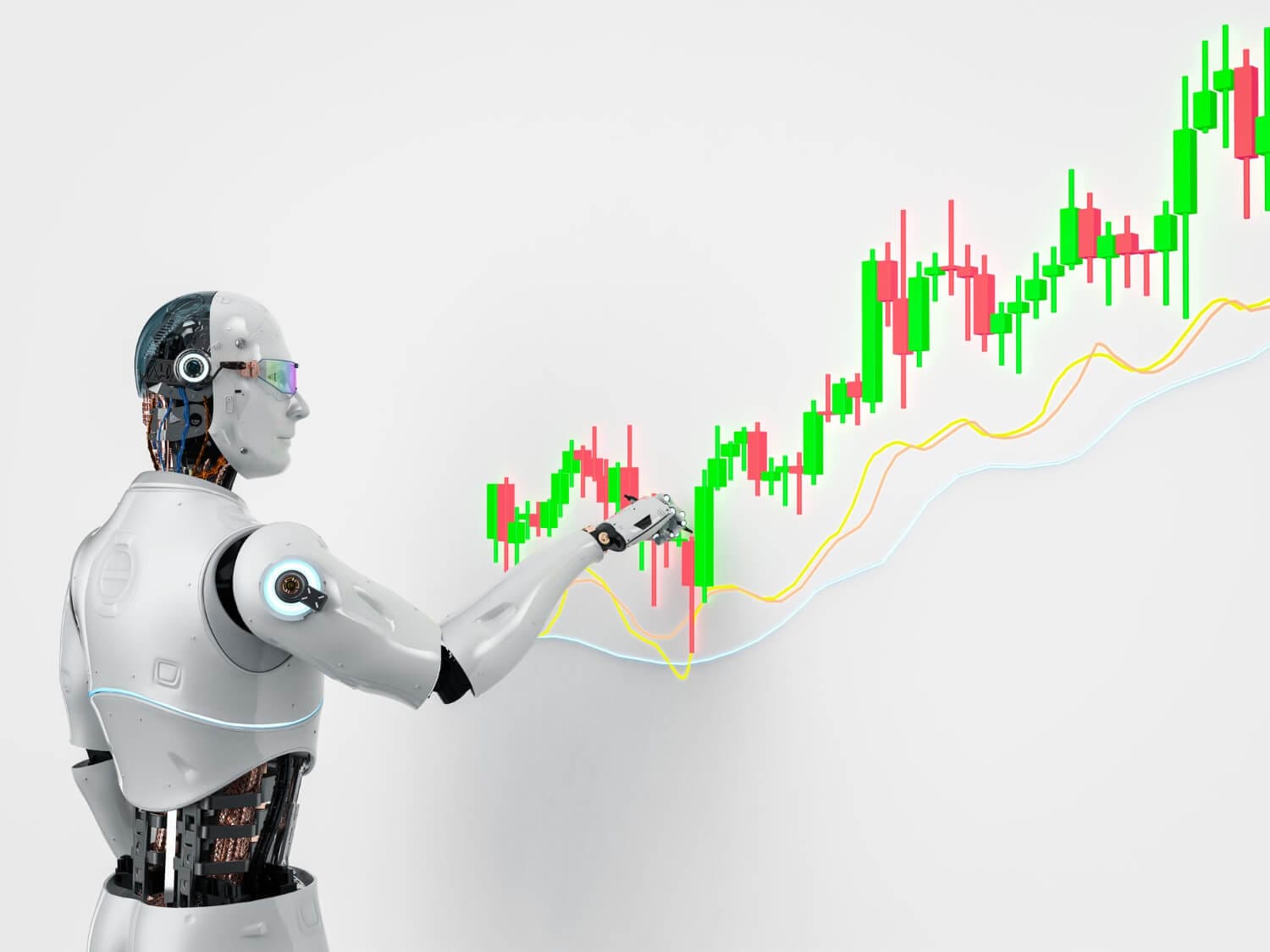
1. Introduction to AI in Forex Trading
This section introduces the concept of artificial intelligence (AI) and its application in the context of Forex trading. AI is explained as a branch of computer science that aims to create systems capable of performing tasks that typically require human intelligence. In the context of Forex trading, AI is leveraged to analyze vast amounts of data, identify patterns, and make predictions about market movements.
The subsection discusses the relevance of AI in financial markets, highlighting how it has become a game-changer by augmenting the analytical capabilities of traders. The increased computational power and advanced algorithms of AI systems are positioned as tools that can provide a deeper understanding of market dynamics.
2. Machine Learning Algorithms
This part delves into the role of machine learning algorithms within AI-powered trading systems. Machine learning is explained as a subset of AI that enables systems to learn from data and improve their performance over time without explicit programming. The article discusses how machine learning algorithms enhance the accuracy of trading signals by adapting to changing market conditions.
Examples of machine learning algorithms commonly used in Forex trading are introduced. This could include algorithms such as decision trees, support vector machines, or neural networks. The goal is to illustrate how these algorithms contribute to the generation of more precise and adaptive trading signals.
3. Neural Networks in Forex Trading

This subsection focuses specifically on neural networks, a type of machine learning algorithm inspired by the human brain’s structure. Neural networks are presented as powerful tools in predicting market movements due to their ability to recognize complex patterns in data. The article explains how neural networks are trained on historical data to identify trends and relationships, ultimately aiding in forecasting future price movements.
The adaptive and self-learning nature of neural networks is highlighted, emphasizing their effectiveness in handling non-linear and dynamic market conditions. This sets the stage for showcasing how neural networks, as a component of AI, contribute to the “secret weapon” for generating trading signals.
4. Advantages of AI-Powered Signals
This part outlines the advantages of using AI-powered signals in Forex trading:
- Real-time Analysis: AI systems can process large datasets in real-time, providing traders with up-to-the-minute insights into market conditions.
- Adaptability to Market Changes: Machine learning algorithms enable AI systems to adapt to changing market dynamics, ensuring that trading signals remain relevant and accurate.
- Reduced Human Error: Automation through AI reduces the impact of emotional and cognitive biases, minimizing the potential for human errors in trading decisions.
The section aims to convey the transformative impact of AI in addressing common challenges faced by traders and improving the overall effectiveness of trading strategies.
By the end of this section, readers should have a solid understanding of how AI, particularly through machine learning algorithms like neural networks, serves as the “secret weapon” in generating powerful and adaptive trading signals in the Forex market.
5. Case Studies: Successful Implementation of the Secret Weapon

1. Real-Life Examples
In this section, the article provides concrete examples or case studies that illustrate the successful implementation of the “secret weapon,” which, in this context, is AI-powered trading signals. These examples could involve instances where traders or institutions have utilized AI algorithms or machine learning models to generate signals and achieve positive outcomes in the Forex market.
Each case study may highlight specific scenarios, such as successful trades, risk management strategies, or instances where the AI system demonstrated its adaptability to changing market conditions. Real-life examples add credibility to the article’s claims, showcasing practical applications of AI in Forex trading.
2. Testimonials from Traders
This subsection includes feedback and testimonials from traders who have experienced success using AI-powered trading signals. Traders may share their personal stories, detailing how the use of AI technology positively impacted their decision-making process and overall trading performance.
These testimonials could touch upon key aspects such as increased profitability, reduced risk, and enhanced efficiency in trading operations. Including the perspective of traders who have first-hand experience with AI-powered signals adds a human element to the article and reinforces the potential benefits of adopting such technologies.
By presenting both real-life examples and testimonials, the article aims to provide readers with tangible evidence of the effectiveness of the “secret weapon” in practical trading scenarios.
VI. Challenges and Limitations

1. Overcoming Challenges
1.1 Introduction to Challenges:
This part of the section begins by acknowledging the inherent challenges associated with the use of AI-powered trading signals in Forex. Common challenges may include issues related to data quality, market complexity, and potential technical errors.
1.2 Data Quality and Accuracy:
One of the challenges discussed could be the importance of high-quality and accurate data for training AI algorithms. Issues such as data biases, incomplete datasets, or outdated information may pose challenges in ensuring the reliability of AI-generated signals.
1.3 Technical Errors and System Glitches:
![]()
The section may touch upon the possibility of technical errors or system glitches in AI-powered trading systems. Instances of algorithmic failures or unexpected behaviors may occur, and traders need robust strategies to mitigate such risks.
1.4 Overfitting and Generalization:
Overfitting, a phenomenon where an AI model becomes too closely tailored to past data, and the challenge of ensuring that the model generalizes well to new, unseen data could be explored. Striking the right balance between capturing patterns and avoiding overfitting is crucial.
1.5 Market Complexity:
The dynamic and complex nature of the Forex market may present challenges for AI systems. Adapting to sudden changes in market conditions, unexpected geopolitical events, or extreme volatility poses challenges that need to be addressed.
1.6 Continuous Monitoring and Adaptation:
The importance of continuous monitoring and adaptation to address challenges is emphasized. Traders need to actively manage and refine their AI models to ensure they remain effective in different market environments.
2. Ethical Considerations

2.1 Transparency in AI Algorithms:
This part explores the ethical considerations associated with AI in Forex trading. It discusses the importance of transparency in AI algorithms, ensuring that traders understand how signals are generated. Clear communication about the inner workings of AI models helps build trust.
2.2 Fair Practices in Signal Generation:
Ethical considerations extend to ensuring fair practices in signal generation. The article may discuss the importance of avoiding discriminatory or unfair outcomes and how developers should prioritize fairness in the design and deployment of AI systems.
2.3 Impact on Market Dynamics:
The section may touch upon the potential impact of widespread AI adoption on market dynamics. Ethical considerations may include discussions about market manipulation, the potential for AI-driven herd behavior, and the need for responsible AI usage to maintain market integrity.
3. Conclusion of Challenges and Ethical Considerations
The Challenges and Limitations section concludes by summarizing the key points discussed. It reinforces the idea that while AI presents powerful tools for traders, it is essential to be aware of and actively address the challenges associated with its implementation. Ethical considerations underscore the need for responsible practices to ensure the fair and transparent use of AI in Forex trading. The challenges outlined in this section set the stage for the subsequent sections, emphasizing the importance of overcoming obstacles and adopting ethical practices in the use of AI-powered trading signals.
VII. Future Trends and Innovations

1. The Future of AI in Forex Trading
This section delves into the anticipated trends and developments regarding the role of artificial intelligence (AI) in Forex trading. It may discuss advancements in AI algorithms, machine learning models, and other technologies that are expected to shape the future of financial markets. Predictions regarding how AI will continue to evolve in response to the changing landscape of Forex trading are explored.
The discussion could touch upon the potential expansion of AI applications beyond signal generation, such as risk management, portfolio optimization, and market surveillance. By providing insights into the future of AI, this part aims to keep traders informed about the direction in which technology is heading and how it might impact their trading strategies.
2. Continuous Improvement

This subsection emphasizes the need for ongoing improvement and adaptation in the field of AI-powered trading. It may discuss the dynamic nature of financial markets and the importance of continuously refining AI algorithms and strategies to remain effective. Innovations such as the integration of new data sources, advancements in computational power, and the application of emerging technologies could be explored.
The article may underscore that staying ahead in Forex trading requires a commitment to continuous learning and improvement. Traders are encouraged to remain vigilant about developments in AI and related fields, fostering a mindset of adaptability and embracing new technologies as they emerge.
By combining insights into future trends and the necessity for continuous improvement, this section aims to prepare traders for the evolving landscape of Forex trading, guiding them towards strategies that will remain relevant and effective in the future.
VIII. Conclusion

1. Recap of Key Points
The conclusion serves as a concise summary, recapping the key points discussed throughout the article. It revisits the significance of live trading signals, the evolution of trading tools, the unveiling of AI as a secret weapon, and the potential future trends. This recap reinforces the main takeaways from the article, ensuring that readers have a clear understanding of the insights provided.
2. Encouragement for Traders
The conclusion concludes with a motivational note, encouraging traders to embrace technological advancements and remain proactive in their approach to trading. It emphasizes the importance of continuous learning and adaptation in the face of the dynamic Forex market. The encouragement is designed to inspire readers to apply the knowledge gained from the article in their trading practices, fostering a mindset of resilience and innovation.
In essence, the conclusion ties together the various elements of the article, providing a cohesive summary and leaving the reader with a clear understanding of the role of AI as a secret weapon in Forex trading, along with a positive outlook for the future. It aims to empower traders to navigate the evolving landscape with confidence and agility.
Don’t trade all the time, trade forex only at the confirmed trade setups.
Get more confirmed trade setups here: forexgdp.com/buy/

